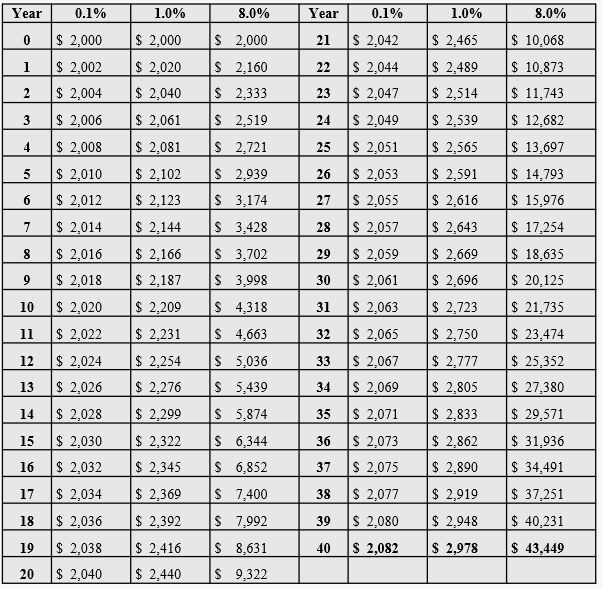Investing in Stocks
Alright! So you have solidified your financial foundation, understand how credit works, and are now able to invest in yourself. Congrats! This is a huge accomplishment. With your “expendable” income, you want to invest in the stock market. But now you’re probably wondering how do you do that and who do I invest in. Let’s take a look.
So, What Are Stocks?
Stocks are individual shares in a company that are issued by that company in an effort to raise capital, or money, for business operations. Each share represents a portion of the company, so in essence, you own a portion of that company if you own at least one share. Legally, you don’t technically own the company, but for understanding, just think of it that way. For most companies, or at least companies you should consider investing in, the shares are traded on stock exchanges. The prices of each share fluctuates based on the demand for the stock.
How Do I Get Access to Trade?

Many people know what stocks are, or at least they do now, but are not fully aware of how to trade stocks. This is where brokerages come into play. A brokerage is an agent for a trader that executes the trade orders in the stock exchange on behalf of the trader. It used to be pricy to make a trade, some brokerages charging over $10 to make the trade for you. But, companies such as Robinhood have redefined how trading is performed, and now you can make trades for free. Now, most companies offer commission free trades for individual stocks. Even better, if you sign up for Robinhood or Webull right now, you will be given up to 5 free stocks to get your portfolio started.
Investing in Stocks, But What Company?
There are so many people that you will see on YouTube, Reddit, or on social media that will boast about making thousands of dollars on a random stock. It might be appealing to dump money into a penny stock that Cousin Lenny said is the next boom stock. Try not to fall to the temptation. This is a get rich slow game. You want to focus on markets that you’re familiar with. Focus on the key metrics in companies within those markets, preferably companies you are very familiar with.
Investing in Stocks With Strategies
There are a few different strategies for investing in stocks. Each strategy depends on your goals and your situation. Some of these strategies go against what I just said in regards to Cousin Lenny. Do some research into the companies before you invest using any of these strategies. I use all of these strategies.
#1 Growth Investing
Growth investing is your common strategy that is perfect for new investors. This involves looking at a stock that shows good numbers in the metrics and shows potential to continue to grow. The primary income potential is from the share price. You want to buy at a lower price than you think it will be years down the road. For example, you want to buy Apple. Over the course of a month, the stock has increased $0.76 (0.52%). This is great, but obviously not going to make you rich in a month. However, this is a better return than say a savings account.


#2 Dividend Investing
Dividend investing has a different approach than growth investing. This strategy involves looking at a company’s dividend offering and seeking to make passive income from your investment. Review the metrics if you don’t understand dividends. This can be quite appealing, especially for companies offering 4% per year in dividends. However, be cautioned, companies may offer a great dividend, but lose value at a faster rate. For more on these pitfalls, see the past article about these cautions. This strategy paired with growth investing has high potential, but most likely, the dividend companies won’t grow as fast as some growth companies. Also, while young and new, considered dividend reinvesting, so you can take full advantage of the power of compounding. Using those numbers, you can see how long it will take to double your money.
#3 Value Investing
The Value Investing strategy seeks stocks that are believed to be undervalued or “on sale.” Keep in mind, this can fall in line with Cousin Lenny. But, this is how famous investors, like Warren Buffet made their millions. Of course, he used this strategy to buy companies, but the process is the same. This strategy works well with growth investing when a company is hit off investor fears. Buffet famously said to be “fearful when others are greedy, and greedy when others are fearful.” In the start of the pandemic, Delta dropped from over $50 a share to under $20. In just over a year, the stock is back over $40. This would have been a perfect opportunity for value investors because people were definitely fearful, but everyone will go back to flying eventually.
#4 Momentum Investing
The last strategy on the list, Momentum Investing, was made famous by the Gamestop Stock Pop, coined by Robinhood Snacks, in early 2021. The power of social media, and more specifically Reddit, shot Gamestop’s stock “to the moon.” There was a large following that rode the momentum from under $20 a share to up to $350 a share in less than 15 days. This may seem new, but investors, especially day traders, use momentum to buy low and sell high all the time. They look at bar charts, draw trend lines, and wait for validations to key in on entry points and exits. In my opinion, this is a more advanced strategy that we will attack in later posts.

Investing in Stocks, The Long Haul
Remember, this is a perfect first step to investing in yourself! But, this is a get rich slow scheme. Over the past year, my portfolio has increased 30%, which is huge, especially since big banks offer 0.01% on savings accounts, BAD! But, if you had $1,000 in your account to start off, you would be looking at $300 in the year. Reinvesting dividends and contributing to your portfolio on a consistent basis is a great way to make your money work for you.
Ride the Wave!
Your first reaction to a stock market drop may be to sell. You don’t want to see your hard earned money waste away as the market tanks, much like it did in 2008 or during the pandemic. But, those people who did sell, especially at the bottom, lost a lot of money that would be worth way more now then even pre-crash. Using the Value Strategy mentality, consider Dollar Cost Averaging. This is where you continuously buy at intervals and when the stock is low, your new purchase will bring the average cost per share down as well. Then, when the market goes back up, which it always does, now your portfolio is worth more, even if it is at the pre-crash level.
Disclaimer
Once again, I am not a financial advisor. These tips are some things I have validated with my own personal experiences. If you feel you need more personal advice, please consult a professional financial advisor.




